first time at making a giant vege garden
chefaid90
12 years ago
Related Stories

GARDENING GUIDES10 Easy Edibles for First-Time Gardeners
Focus on these beginner-friendly vegetables, herbs, beans and salad greens to start a home farm with little fuss
Full Story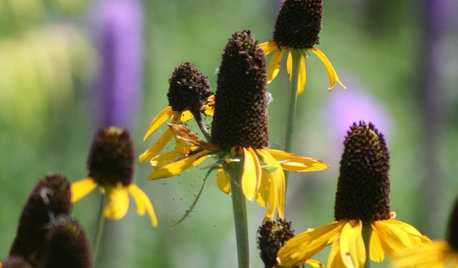
GARDENING FOR BUTTERFLIESGreat Design Plant: Giant Coneflower, a True Exclamation Point
Watch as towering stalks topped by yellow blossoms become a beacon for birds and insects in the midsummer garden
Full Story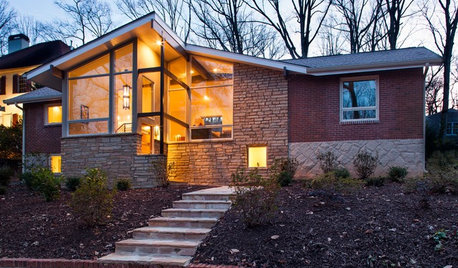
MIDCENTURY HOMESHouzz Tour: Making Midcentury Modern Work for Modern Times
A dynamic new entryway and other interior updates open an Atlanta home for better light and flow
Full Story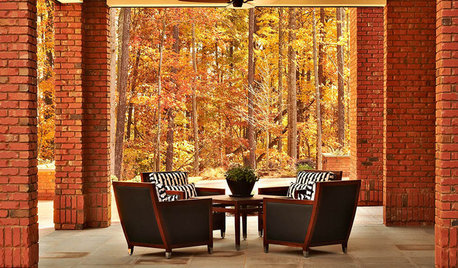
ARCHITECTUREGet a Perfectly Built Home the First Time Around
Yes, you can have a new build you’ll love right off the bat. Consider learning about yourself a bonus
Full Story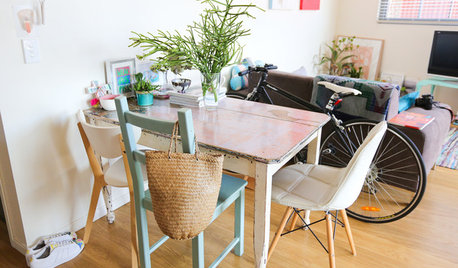
LIFEWorld of Design: Discoveries of 10 First-Time Homeowners
See how people around the globe have shaped their starter houses and made them their own
Full Story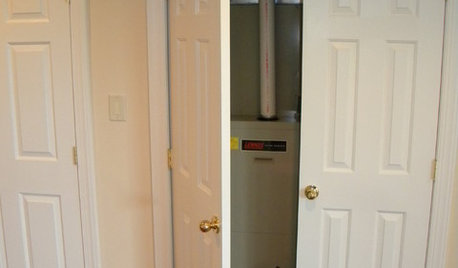
MOST POPULARA First-Time Buyer’s Guide to Home Maintenance
Take care of these tasks to avoid major home hassles, inefficiencies or unsightliness down the road
Full Story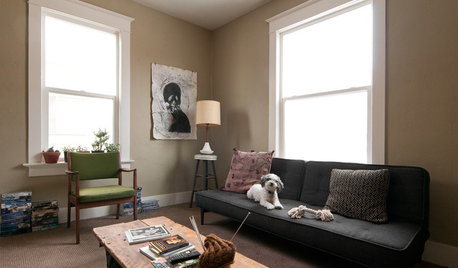
HOUZZ TOURSMy Houzz: Eclectic Repurposing Fits First-Time Homeowners in Utah
DIY projects using reclaimed materials add rustic style to an open-layout Salt Lake City home
Full Story
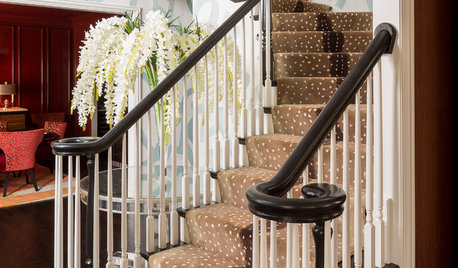
ENTRYWAYSRoom of the Day: Suburban Foyer Makes a Powerful First Impression
A custom wall mural and other dramatic features surprise and delight in this Chicago-area home
Full Story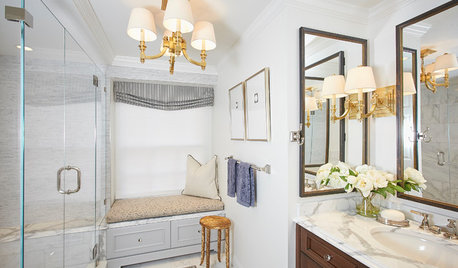
ROOM OF THE DAYRoom of the Day: Small Master Bath Makes an Elegant First Impression
Marble surfaces, a chandelier and a window seat give the conspicuous spot the air of a dressing room
Full StoryMore Discussions






feijoas
chefaid90Original Author
Related Professionals
Arnold Landscape Architects & Landscape Designers · Marina Landscape Architects & Landscape Designers · Taylorsville Landscape Architects & Landscape Designers · Allentown Landscape Contractors · Bridgeview Landscape Contractors · Fair Oaks Landscape Contractors · Gresham Landscape Contractors · Midland Landscape Contractors · Nutley Landscape Contractors · Palatine Landscape Contractors · Rockwall Landscape Contractors · Salem Landscape Contractors · Ankeny Decks, Patios & Outdoor Enclosures · Arlington Heights Decks, Patios & Outdoor Enclosures · New Albany Decks, Patios & Outdoor EnclosuresKimmsr
bi11me
toxcrusadr
tishtoshnm Zone 6/NM
darth_weeder
chefaid90Original Author
scotty66
darth_weeder
bi11me
chefaid90Original Author
bi11me
bi11me
wayne_5 zone 6a Central Indiana
bi11me
GreeneGarden
jolj
kevinitis
chickencoupe